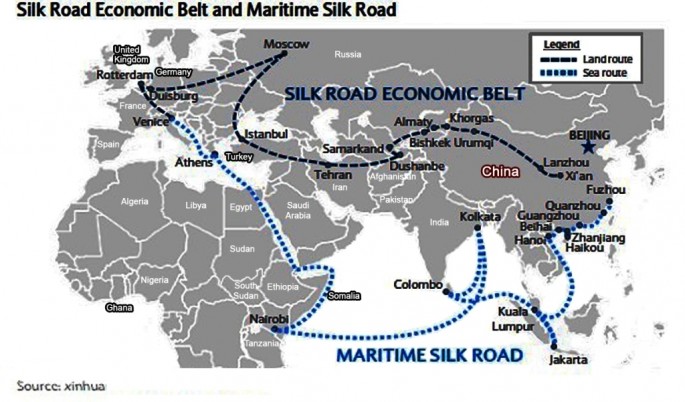As early as the 1990s, overseas industrial parks were being created at the initiative of individual Chinese companies to reduce costs and expand overseas markets, but now Beijing is aiming to incorporate this approach to its foreign policy.
Organized expansion began in 2006, after the Ministry of Commerce made the establishment of overseas economic cooperation zones a key task, according to a report by Want China Times.
According to data from the Chinese Ministry of Commerce, there are about 100 industrial parks set up by these companies within foreign countries and the largest 16 contributed over 10 billion yuan ($1.60 billion) and generated over 40,000 by the end of 2014.
This decision is also seen as an effort to boost foreign trade by lifting product quality and diversifying exports, in line with the country's Silk Road Economic Belt and 21st Century Maritime Silk Road initiatives (One Belt, One Road).
According to a report by the South China Morning Post, the State Council's released guidelines for the initiative will aim to assist domestic businesses and industries set up abroad through international cooperation in the areas of nuclear energy, transport, railways and car manufacturing.
The report furthers that there is also support for the garment, textile and food processing industries by seeking investments in nations that are already under the coverage of the One, Belt, One Road strategy.
During President Xi Jinping's recent visit to Belarus in May, he commended the joint initiative between the two countries to build an industrial park in the region as a step toward the realization of such policy.



























